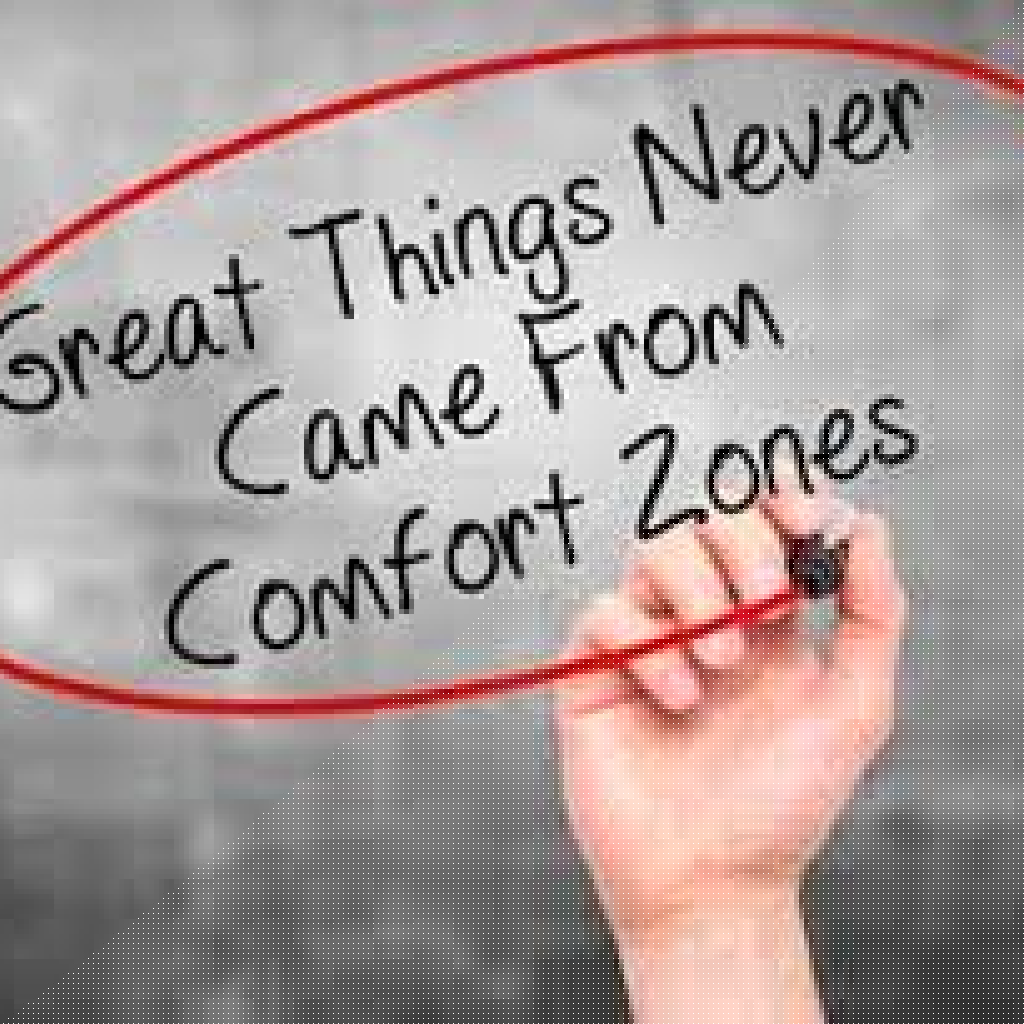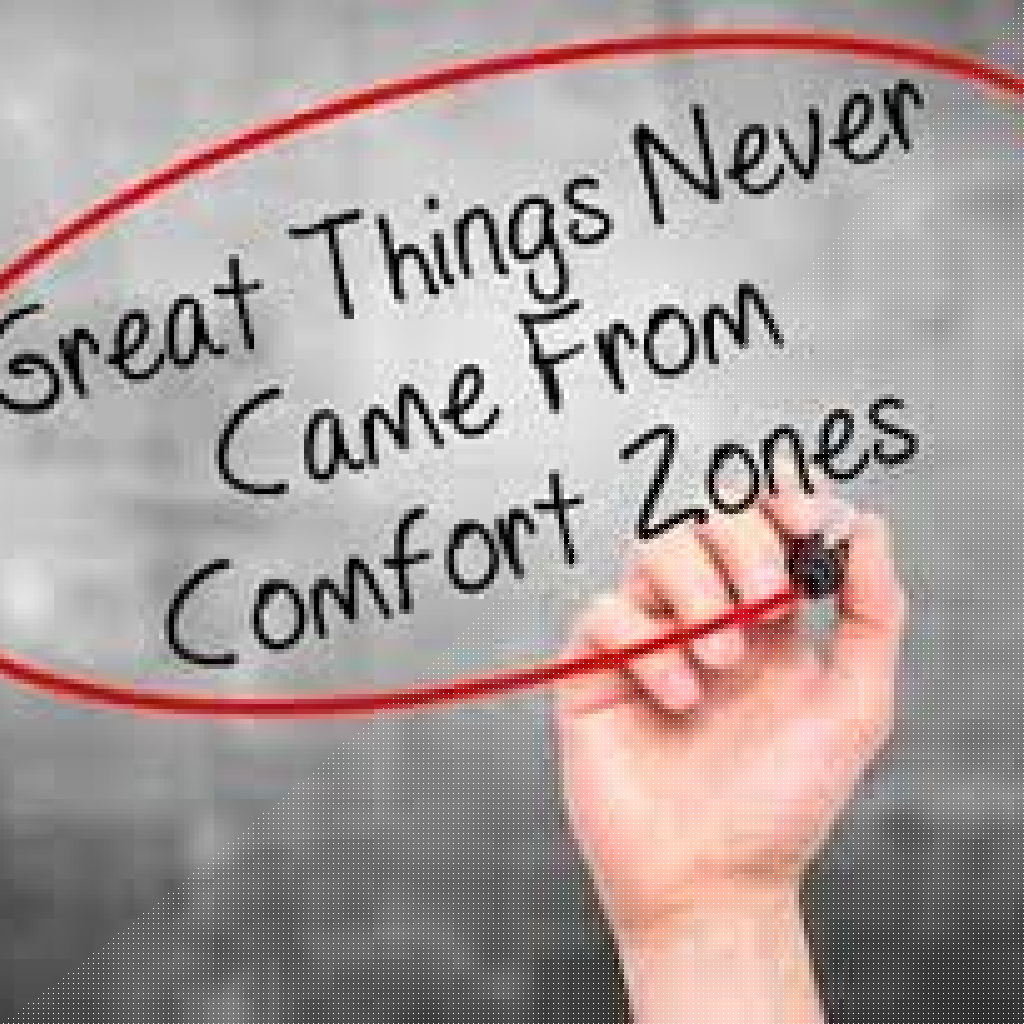Key Takeaways:
- Implementing effective management styles can significantly enhance team performance and engagement.
- A proactive approach to communication and relationship building is key to fostering a positive workplace environment.
In today’s fast-paced business environment, effective management is more critical than ever. Managers face a myriad of challenges that require them to adapt their management styles, improve communication, and foster strong workplace relationships. Let’s delve into some practical strategies that can help managers drive performance and engagement within their teams.
Understanding Management Styles
Management styles significantly influence team dynamics and overall performance. When managers approach leadership from different angles, they can either uplift their teams or inadvertently hinder their progress. The key is to identify which management style suits not only the organization but also the team’s specific needs.
For instance, an authoritative style might work well in a crisis where quick decisions are essential, while a participative style could enhance creativity and buy-in during the brainstorming phases of a project. Adapting your management style can help in addressing various challenges effectively and ensuring a smoother workflow.
How Does Management Impact Performance?
The impact of management on performance is often underestimated. A manager who disregards team morale may face higher turnover rates, decreased productivity, and lower employee satisfaction. On the other hand, managers who encourage their teams, provide constructive feedback, and recognize achievements can create an environment ripe for performance.
Consider the real-world example of a retail manager who transformed a underperforming store by implementing regular one-on-ones with staff. Through open communication, the manager discovered that employees felt disconnected from the company’s vision. By addressing this, the store not only increased sales but also improved customer satisfaction ratings.
Practical Tips for Hiring and Training Employees
Hiring effectively can set the stage for future success. Managers should prioritize not only skills but also cultural fit during the hiring process. One successful strategy is the use of behavioral interviews, which help assess how a candidate might handle real-world challenges faced in the role.
Once hired, the training process shouldn’t stop. Continuous professional development should be part of the culture. For instance, offering workshops on emotional intelligence can help employees navigate interpersonal relationships and improve workplace harmony.
Effective Sales Management Strategies
Sales management is crucial for driving revenue. A structured approach that involves setting clear expectations, regular check-ins, and performance reviews can significantly bolster a sales team’s productivity. Managers can adopt techniques such as pipeline management and coaching to help sales representatives improve their skills and output.
One interesting tactic used by some sales managers is to implement a peer-review system. Incorporating feedback from colleagues can foster a supportive culture and enhance team performance collaboratively.
Business Communication: The Backbone of Management
Strong business communication is essential for any managerial role. Clear communication helps mitigate misunderstandings, align team goals, and tackle challenges head-on. Managers should consider adopting open-door policies that encourage staff to share ideas or concerns without hesitation.
Regular team meetings are also beneficial. However, it’s not just about holding these meetings but making them effective. Incorporating interactive elements, such as workshop-style discussions or brainstorming sessions, can enhance participation and generate innovative solutions.
Building Relationships in the Workplace
Building strong relationships within a team is a cornerstone of effective management. Managers should make it a priority to engage with their teams proactively. Simple practices like team-building exercises or informal catch-ups can foster a sense of camaraderie and trust, which ultimately leads to higher performance.
Moreover, recognizing individual strengths and contributions can further deepen these relationships. Providing public acknowledgment during team gatherings builds morale and encourages others to strive for excellence.
Leadership Development Programs
Investing in leadership development programs is not just beneficial for current leaders but essential for the future of the organization. These programs can equip emerging leaders with the skills they need to address complex challenges successfully. Encourage participation by offering accessible learning formats, like online courses or in-house workshops that adapt to busy schedules.
Importance of Diversity Training
Diversity training should be an integral part of any organization’s strategy. It promotes inclusivity and improves team dynamics by bringing varying perspectives into discussions. A diverse team often fuels creativity and innovation, which are crucial in today’s competitive marketplace.
Navigating Challenges with Challenging Employees
Every manager faces the challenge of dealing with difficult employees. The first step is often to understand the root of the behavior. Engaging with the employee in a one-on-one setting may unveil issues they’ve been facing at work or outside of it. Once understood, managers can tailor their approach to guide the employee towards more effective behaviors.
Conclusion
Modern management involves a delicate balance of various strategies to promote effectiveness. By understanding different management styles, harnessing actionable hiring and training practices, and focusing on communication and relationship-building, managers can create an environment conducive to high performance and employee satisfaction.
Ultimately, the effort to develop as a manager translates into building not just a successful team, but a thriving organization as a whole.













